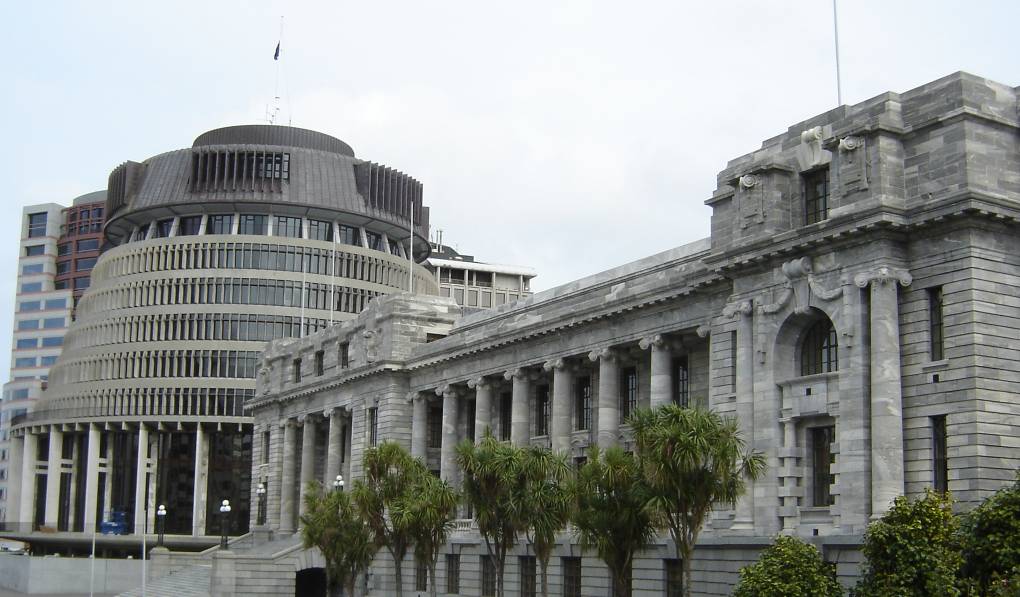Halfway through the second week of the New Year, news from the Government and its agencies has been sparse.
Agriculture Minister Damien O’Connor has not been heard from since December 21, when – jointly with the Prime Minister and Climate Change Minister James Shaw – he issued a statement headed “Govt and industry take next step on agriculture emissions reduction plan“.
This advised us that the Government has worked alongside farming leaders to adapt the proposed system for reducing agricultural emissions, that will protect future export growth.
Ayesha Verrall has had nothing to announce as Minister of Research, Science and Innovation since December 6, when she delivered a speech headed “Launch of Te Ara Paerangi Future Pathways” and issued a statement headed “Reform of science system to build better future for New Zealand”.
This advised us that the Government has set the direction for a future-focused science system.
Yes, Dr Verrall has been responsible for the only press statements released from the Beehive this year (there have been three), but in each case she has been making announcements as Associate Minister of Health.
This means it has been all quiet on the Wellington-monitoring front, but AgScience did spot something that slipped past us just before Christmas.
This is the news that the Environmental Protection Authority (EPA) has approved a fungus known as the mushroom of immortality for cultivation in New Zealand.
For more than 2,000 years, Ganoderma sichuanense has been harvested and used in traditional Chinese medicine for health benefits that include boosting the immune system and helping treat depression and high blood pressure.
According to the EPA’s press statement, several scientific studies show that supplements made from the fungus also have anti-carcinogenic, antioxidant and anti-inflammatory properties.
The mushroom is traditionally collected from forests or grown on farms, but Alpha Health Care (New Zealand) Limited applied to cultivate the organism in industrial-sized fermentation vats, or bioreactors. No mushrooms or spores develop during this process.
Only the relevant molecules, called fungal polysaccharides, will be extracted, purified, and dried for use in health products.
“The EPA ensures new organisms entering the country are safe and won’t have significant adverse effects on people or the environment,” says Miriam Robertson, New Organisms Manager.
“Our risk assessments found it is highly improbable the fungus could escape and harm people or the environment – given the strict containment conditions and the rules put in place. We have also identified potential economic benefits from cultivating this organism.”
The health supplements produced will be for domestic consumers and exported, to tap into a global market for supplements made from the fungus that is worth more than $3 billion.
AgScience readers who yearn for immortality can be greatly encouraged, as the first days of 2023 tick by.
Source: Environmental Protection Authority












